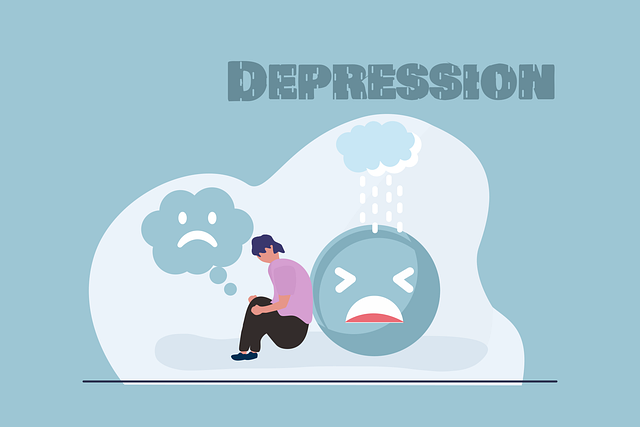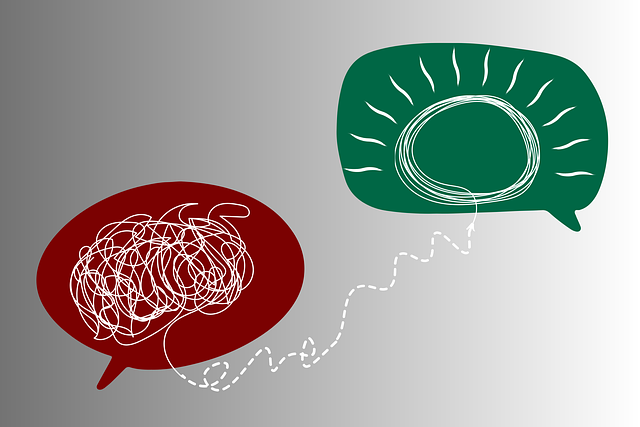Longmont Exposure and Response Prevention (ERP) Therapy is a cognitive-behavioral approach that helps individuals manage anxiety disorders by gradually exposing them to stressors and teaching healthier responses. Journaling, an integral part of this therapy, offers a safe space for self-reflection, tracking progress, and desensitizing oneself to triggers through structured exercises. This combination of targeted interventions and self-care promotes emotional regulation, enhances coping skills, and improves overall mental wellness. By incorporating journaling into ERP therapy, individuals gain awareness, challenge unhelpful reactions, and achieve long-term behavioral changes.
“Unleash your inner calm and embrace mental wellness with our comprehensive guide. We explore the transformative power of Longmont Exposure and Response Prevention (ERP) Therapy, a highly effective approach for managing anxiety. Through journaling, this therapy offers a personal journey of self-discovery and coping strategies. Learn how structured writing can rewire negative thought patterns. This step-by-step ERP journaling guide empowers individuals to confront fears, reduce anxiety, and enhance overall mental resilience.”
- Understanding Longmont Exposure and Response Prevention Therapy (ERP)
- Journaling as a Powerful Tool for Mental Wellness
- Step-by-Step Guide to Implementing ERP through Journaling
Understanding Longmont Exposure and Response Prevention Therapy (ERP)

Longmont Exposure and Response Prevention Therapy (ERP) is a highly effective form of cognitive-behavioral therapy that helps individuals manage anxiety disorders and other mental health conditions. This therapeutic approach involves gradual exposure to stressful or triggering situations, thoughts, or objects while learning and practicing healthier responses. By facing fears in a controlled manner, ERP enables people to reduce their anxious reactions over time. It’s a powerful tool that empowers individuals to take control of their mental wellness.
The process begins with identifying specific phobias, obsessions, or anxiety triggers. Through a structured plan, therapists guide clients to confront these challenges, breaking down the association between the trigger and fear responses. This involves mindfulness meditation techniques to stay present and observe thoughts without judgment. Over time, as individuals successfully navigate increasingly difficult scenarios, their confidence grows, leading to improved mental health and quality of life. Longmont ERP is a game-changer in mental health policy analysis and advocacy, offering practical solutions for managing anxiety-related disorders through targeted interventions and self-reflection encouraged by journaling exercises.
Journaling as a Powerful Tool for Mental Wellness

Journaling has emerged as a powerful tool within the realm of mental wellness practices, offering individuals a profound means of self-reflection and emotional well-being promotion techniques. By documenting thoughts, feelings, and experiences, one can gain valuable insights into their minds, uncover hidden patterns, and cultivate a deeper understanding of themselves. This introspective process is particularly beneficial for those navigating mental illness stigma reduction efforts, as it provides a safe and private space to express and explore emotions without judgment.
In the context of evidence-based therapies like Longmont Exposure and Response Prevention (ERP) Therapy, journaling serves as an integral component. ERP therapy encourages individuals to confront and challenge their fears or distressing memories through gradual exposure, accompanied by response prevention techniques. Journaling allows them to record these experiences, track progress, and reflect on the insights gained, ultimately fostering personal growth and mental health recovery. Additionally, mental health education programs design can incorporate journaling exercises to empower individuals with self-care strategies, enhance coping skills, and promote overall mental wellness.
Step-by-Step Guide to Implementing ERP through Journaling

Step-by-Step Guide to Implementing Longmont Exposure and Response Prevention (ERP) Therapy through Journaling
1. Identify Target Situations or Triggers: Begin by noting down specific situations, environments, or events that trigger anxious or distressing responses. These could be social gatherings, public speaking engagements, or even certain thoughts or memories. This step is crucial in tailoring your ERP therapy and journaling practice to your unique needs.
2. Describe the Situation and Your Response: For each identified trigger, write down a detailed description of the situation and your immediate emotional and physical reactions. Include what you were doing, where you were, who you were with, and how your body felt (e.g., increased heart rate, sweating). This practice helps in becoming more aware of your triggers and responses, which is a cornerstone of ERP therapy.
3. Challenge Your Response: Next, question and challenge the effectiveness of your current response to these triggers. Ask yourself if there are alternative, healthier ways to react. For instance, instead of avoiding social situations, consider what it would take to engage in them mindfully and with confidence. This step fosters emotional regulation skills.
4. Create a Structured Journaling Routine: Incorporate regular journaling sessions into your daily or weekly schedule. Set aside dedicated time to reflect on your experiences and practice mindfulness meditation alongside your writing. A consistent routine can enhance the benefits of ERP therapy.
5. Practice Exposure with Journaling: Gradually, you can start ‘exposing’ yourself to these triggers in a safe, controlled manner through your journal. Describe situations that typically cause distress, but in a step-by-step, less overwhelming way. This process allows you to desensitize yourself to the trigger while also improving your cultural competency in managing emotions, as you learn to respond differently.
6. Prevent Unhelpful Responses: After describing the triggers and your previous responses, write about strategies to prevent or replace those unhelpful reactions. This could include techniques like deep breathing, positive self-talk, or engaging in a grounding exercise during moments of distress. The goal is to develop better coping mechanisms while fostering mindfulness.
7. Track Progress: Regularly review your journal entries to monitor your progress and reflect on the changes in your responses over time. Celebrate small wins along the way, as this can reinforce positive behaviors and emotional regulation skills.
Mental wellness journaling can be a game-changer in managing anxiety and fostering resilience. By combining insights from Longmont Exposure and Response Prevention Therapy (ERP) with this reflective practice, individuals can navigate their thoughts and emotions more effectively. Through structured journaling, one can identify triggers, challenge negative thought patterns, and develop healthier coping strategies. This step-by-step process empowers folks to take charge of their mental health, offering a quiet space for self-discovery and personal growth.









